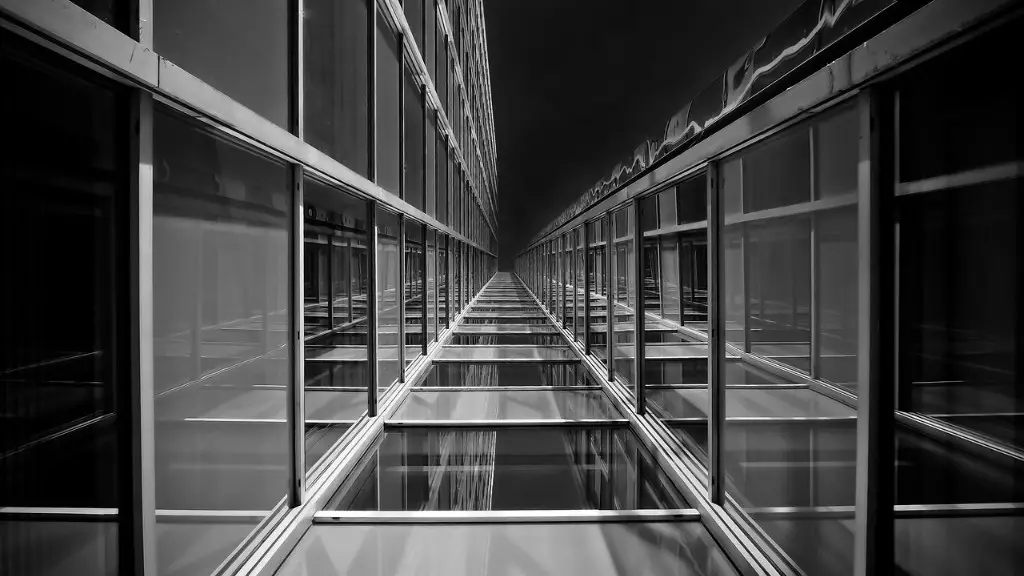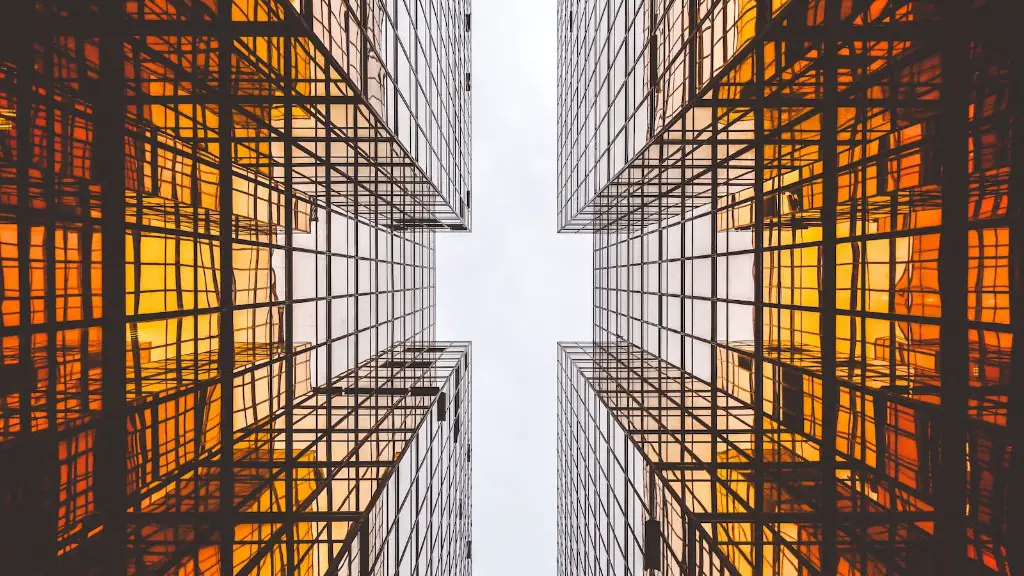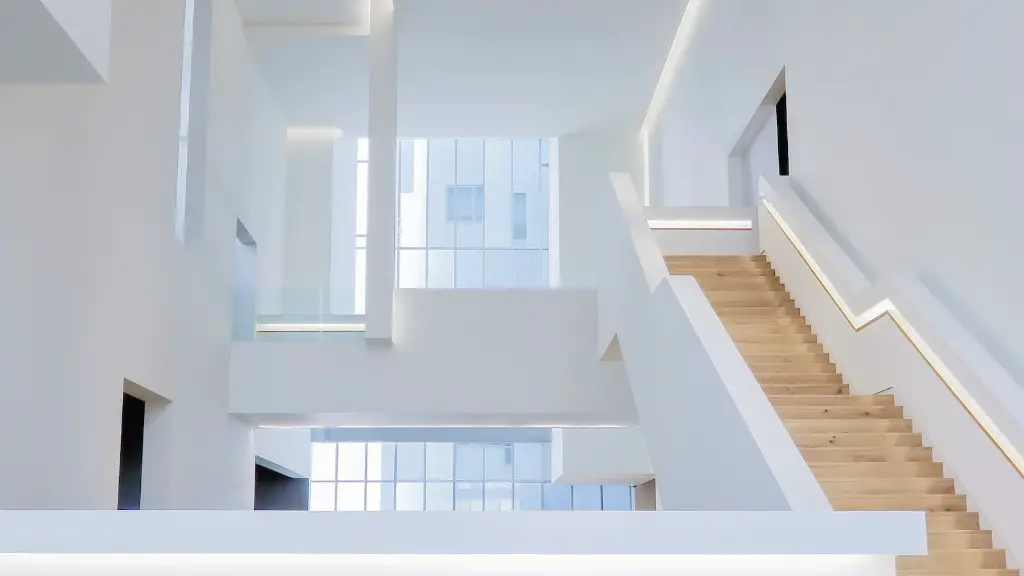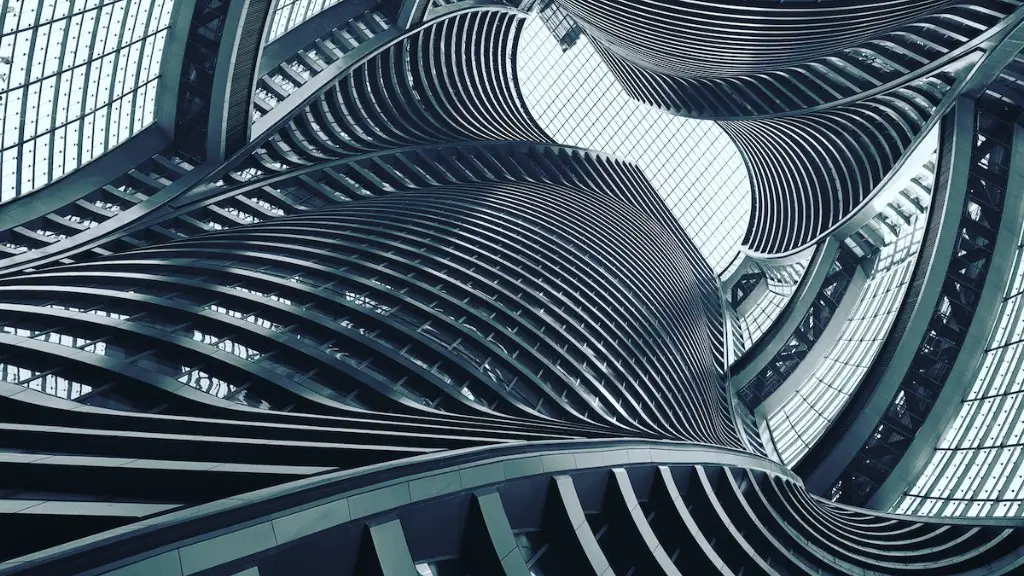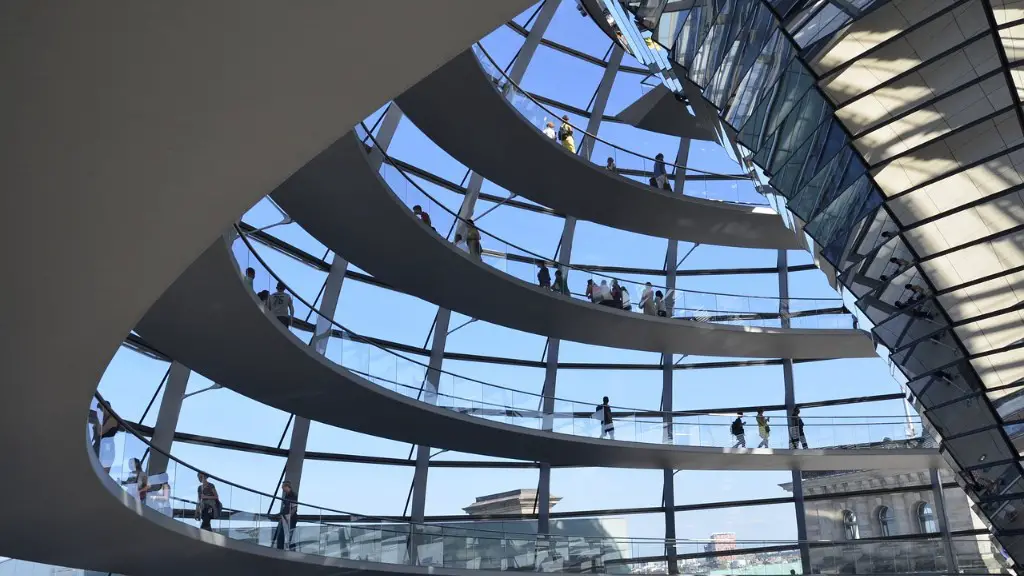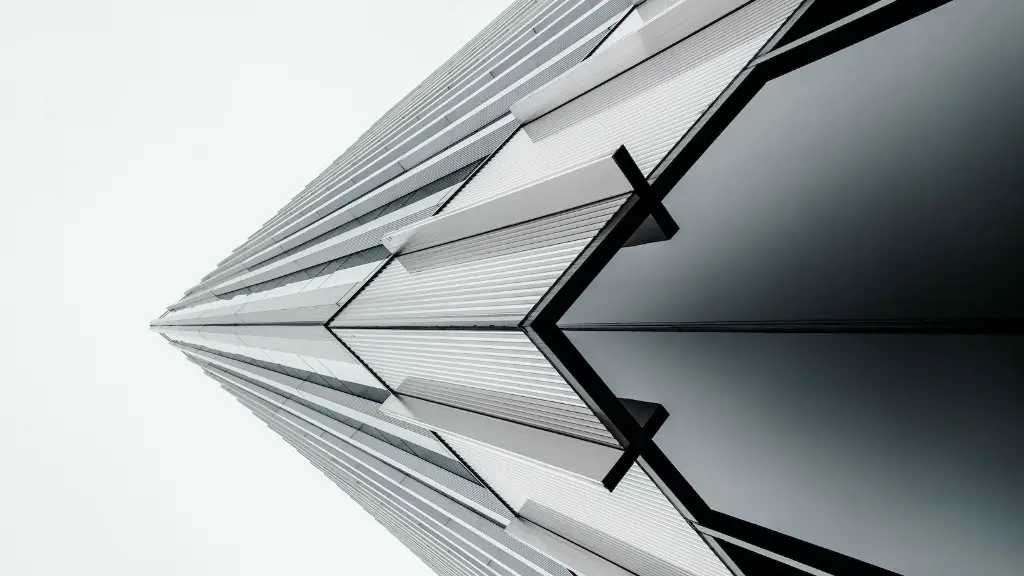The word “baroque” is derived from the Portuguese word barroco, meaning “misshapen pearl”. Baroque architecture is known for its ornate and dramatic style, marked by lavish decoration, asymmetrical designs, and overall grandeur. Common characteristics of baroque architecture include:
-Palaces and Churches with dramatic dome and column-lined interiors
-Elaborate facades with extensive decoration
-Asymmetrical floor plans
-Extravagant use of stucco, marble, and other materials
While often associated with the Catholic Church, baroque architecture can be found in secular buildings as well. The most famous examples of baroque architecture include the St. Peters Basilica in Vatican City and the Palace of Versailles in France.
Baroque architecture is characterized by its use of highly ornate and dramatic forms, as well as its tendency towards complex and dramatic designs. Interiors are often filled with light and air, and often make use of hidden or intricate details. Exterior facades are often decorated with a wealth of sculptural details, as well.
What is the Baroque architectural style?
The Baroque style is characterized by its ornate and elaborate features. It originated in Italy in the 17th century and quickly spread across Europe. Its impact was felt worldwide, making it the first visual style to have a significant global impact. Baroque architecture is characterized by its grandiose features, while Baroque art is known for its opulent and dramatic style. Baroque design is characterized by its intricate and detailed patterns.
Baroque architecture is known for its large domes and cupolas, which were often positioned at the center of a building. The interior and exterior of these buildings were often decorated with elaborate motifs and sculptures. Other attention-grabbing features of Baroque architecture include double-sloped mansard roofs.
What was the purpose of Baroque architecture
Baroque architecture is characterized by its ornate and often extravagant style. This style first appeared in the late 16th and early 17th centuries in religious architecture in Rome, as a means to counter the popular appeal of the Protestant Reformation. Baroque architecture soon spread to other parts of Europe, where it became especially popular in the 17th and 18th centuries. Today, baroque architecture can be found all over the world.
The six best examples of Baroque buildings around the world today are the Palace of Versailles, St Paul’s Cathedral, Royal Palace of Caserta, St Charles Church, Royal Palace of Madrid, and The National Museum of Australia. Each of these buildings showcase the grandeur and opulence of the Baroque period, and are sure to dazzle and impress visitors from all over the world.
What are the 5 characteristics of Baroque?
The Baroque period was marked by grandeur, sensuousness, drama, and dynamism. This was a time when artists tended to blur the lines between different art forms. This led to a more emotional and exuberant style of art.
Baroque sculpture marked a significant shift in the history of European art. Gian Lorenzo Bernini was one of the most influential sculptors of the time, and his work emphasized realism, emotion, and movement. This new style of sculpture ushered in a new era for European art, one that would be defined by its dramatic and sensual richness.
What are the five major characteristics of Baroque art?
Baroque art is characterized by motion, space, time, the dramatic use of light, and a theatrical, passionate quality. This period of art history saw a return to the dramatic and emotional style of the Renaissance, as well as an emphasis on the physical and sensual aspects of art.
Baroque art is often seen as exuberant, dramatic, and even wild. Artists of this period sought to capture the viewer’s attention and emotions, using a variety of techniques to create a sense of movement, space, and time. They also made use of light and shadow to create a sense of drama, and their paintings often had a passionate, theatrical quality.
Baroque architects decided to use brick and stone instead of wood in the construction of new buildings. Limestone and slate were often used for the exteriors, and more noble materials, like red and gray granite, were often used for the interiors.
What 4 things can we find in baroque art
When viewing baroque art, there are certain elements you should look for in order to fully appreciate the artist’s intent. The art is characterized by being emotionally intense, often with extravagant settings and ornamentation. There is also a dramatic use of color, contrast, and light/dark range to create a sense of movement and drama. Taking note of these key characteristics will help you to better understand and enjoy baroque art.
The “extravagant style” was a popular interior design style during the late 1800s. This style included layered, formal, highly decorated interiors that included such elements as bronze sculptures; intricate tapestries; sculpted wood mirrors, moldings, and paneling; elaborately painted ceilings; crystal chandeliers; and gilded everything. This style was often used in homes of the wealthy, and was meant to showcase the owner’s wealth and status.
What is the Baroque style known for?
Baroque art is characterized by its dramatic, exaggerated motion and clear, easily interpreted, detail. Due to its exuberant irregularities, Baroque art has often been defined as being bizarre, or uneven.
The baroque art is best described with the word drama. The Baroque style is characterized by exaggerated motion and clear detail used to produce drama, exuberance, and grandeur in sculpture, painting, architecture, literature, dance, and music.
How will you describe the Baroque period
The Baroque period was a time of great creativity and artistic activity. Artists of this time period created masterpieces in painting, sculpture, architecture, and music. The Baroque period is considered to have begun in Italy in the 17th century and to have ended in the 18th century.
Baroque architecture was known for its grandiose and dramatic style, which was often used to communicate the power of the Catholic Church. This architectural style originated in late 16th-century Italy, but developed until the 18th century in regions such as Germany and colonial South America. The baroque style was created with a clear purpose, namely to aid the Catholic Church in winning back the adepts of the Reformation.
Why is Baroque architecture beautiful?
Baroque architecture is marked by grandeur and grandeur. There is a great contrast in lighting, with flamboyant and richly designed surfaces. The colors are bright and the ceilings are vividly painted. This style of architecture was an essential element in building throughout Italy and Western Europe.
The Baroque period was a time of great creativity and experimentation in the arts. The artists of this period sought to create works that were grand and dramatic, and that would evoke strong emotions in viewers. They often used rich, sensuous colors and bold, dynamic compositions to achieve these goals. This period also saw a shift away from the strictly realistic style of the Renaissance, towards a more expressive, subjective approach. The result was a period of great vitality and energy in the arts, which continues to fascinate and inspire us today.
What are the key elements of Baroque art
In addition to the two main characteristics of Baroque painting outlined above: (1) grandeur or sensuality – see, for instance, religious works by Peter Paul Rubens, or the elegant portraits of Anthony Van Dyck; and (2) strong emotional content – see in particular, works by Spanish Baroque Artists such as Ribera, there are two other important features to consider:
3) The Baroque period saw a shift from religious to secular subjects in painting – while religious paintings were still common, artists also began to paint mythological and historical scenes; and
4) A greater emphasis was placed on realism and the accurate depiction of the human form, as opposed to the more stylized approach of earlier periods.
The Baroque was a truly monumental movement, characterized by grandiose visions and intense emotion. Its commitment to religious commemoration and martyrdom made it an intensely spiritual movement, while its grandiose spectacles exhibited a commitment to excess and extravagance. It was a movement that definitely left its mark on history.
Final Words
There are many characteristic features of baroque architecture. Probably the most iconic feature is the use of dramatic curves and voluptuous forms. This is often seen in theUndulating lines of the facades and in the ornate, sculptural details. Another common feature is the use of light and shadow to create a sense of movement and drama. This is often done through the use of colonnades or arcades that create a play of light and shadow.
In conclusion, baroque architecture is characterized by its ornate style, which often includes extensive decoration, dramatic use of light and shadow, and bold, dramatic proportions.
